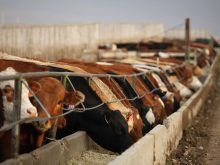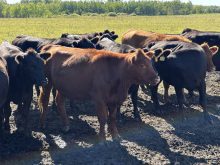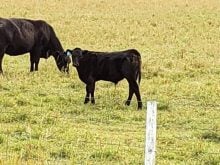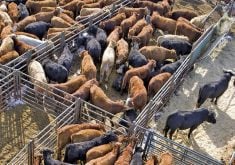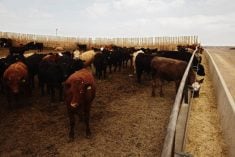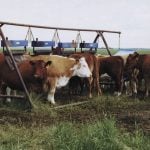U.S. and Canadian feeder cattle prices have been trending higher over the past year.
As of late March, quality genetic steers with medium to lower flesh, averaging 950 pounds were valued at $244 in Central Alberta. Higher quality heifers with lower flesh were trading at an $18-$20 discount to steers.
Calf prices were also nearing historical highs. In the Lethbridge area, black steers averaging just under 700 pounds were trading around the $305 level while quality 625-pound steers were quoted in the range of $325-$$330.
Read Also
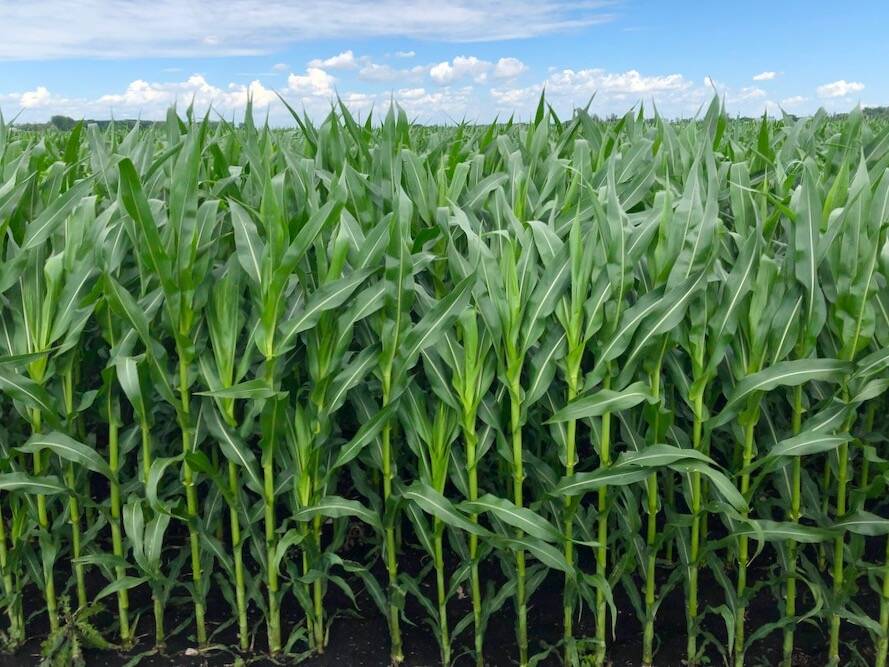
Cancer agency reclassifies another herbicide ‘probably carcinogenic’
The WHO’s cancer research agency has now put atrazine, a herbicide well known to corn growers, in the same potential-hazard category where the agency put glyphosate.
I’ve received many calls from producers asking when the feeder market will peak? Cow calf producers are in the process of planning their fall marketing strategy. The feeder cattle futures for November continue to trade at $20 premium to May contract.
However, the January 2023 feeder cattle futures are trading at $2 discount to November contract. It appears that traders expect feeder cattle prices to peak in November of 2023. When you’re at the top of a mountain, looking down can make your stomach turn. But let’s look at some of the factors that will change over the winter of 2023 resulting in softer feeder cattle prices in the first quarter of 2024.
As of late March, the October 2023 live cattle futures were trading around the $164 level; the December 2023 live cattle futures were quoted at $168 and the April 2024 contract was at $174.
Fed cattle prices are expected to trend higher until April 2024. It’s important to note that the June 2024 live cattle futures were hovering at $169. The Alberta and U.S. fed cattle market will peak in April 2024 and then start to trend lower. Feeder cattle that will be come on the fed cattle market after April 2024 will be valued less than those replacements finished before April.
The feed grains factor
The second main factor influencing the feeder market is the feed grains complex. The Lethbridge barley market for April and May was trading in the range of $410-$425/tonne delivered. Canadian barley production is expected to reach 10.5 million tonnes this year, up from the 2022 output of 10.0 million tonnes. U.S. corn production is expected to finish near 385 million tonnes, up from the 2022 crop size of 349 million tonnes. For September and October, Lethbridge barley has been trading around $375/tonne delivered; however, ideas are that Southern Alberta barley prices will drop to $300-$330/tonne delivered during the harvest period. Yearlings coming on the market in spring will have the bulk of their weight gains with old-crop feed grains. Feeder cattle under 700 pounds will have most of their weight gains with new-crop.
Feeders under 750 pounds can be purchased as grassers whereas replacements over 750 pounds tend to head straight to the feedlot. Pasture conditions are excellent in Western Canada. The cost per pound gain on grass is considerably less than in the feedlot. These cattle will also come on the fed cattle market later than those feeders placed directly in the feedlot. Buyers shopping for grassers can pay more for their feeder cattle than those producers that will send the animal straight in to the feedlot.
What about replacements?
Heading into April 2023, higher quality steers weighing 450 pounds were nearing the psychological $400 level. The feeder market is functioning to encourage expansion. Heifer retention is hard to forecast. U.S. heifers for beef cow replacement on January 1, 2024 are expected to reach 5.8 million head, up 750,000 head from January 1, 2023. Available feeder cattle supplies in the U.S. are expected to be down by 750,00 head due to heifer retention. In Western Canada, heifers for beef cow replacement on January 1, 2024 are expected to total 600,000 head, up 50,000 head from January 1, 2023.
The U.S. and Canadian beef cow slaughter has been higher than expected throughout the first quarter of 2023. This is expected to change. Cull cows and canner cow prices are increasing reflecting that supplies are tightening. This is another factor that is difficult to forecast; however, the industry is bracing for a sharp year-over-year decline in the cow slaughter in 2023. This decline in the cow slaughter by itself is enough to result in a year-over-year increase in the calf crop. The consecutive declines in the U.S. calf crop appear to be coming to an end in 2023. The U.S. calf crop from July through December 2023 may be marginally higher than the output during the same timeframe of 2022.
Finally, the U.S. and Canadian economies have potential to enter a recession in the final quarter of 2023 and first quarter of 2024. Higher interest rates, elevated inflation, growing unemployment and softer real wages will be the main factors curbing beef demand when cattle prices are at historical highs during the winter and spring of 2024.
Looking ahead, the January 2024 feeder cattle futures are trading at a $2 discount to the November 2023 contract. Traders expect feeder cattle prices to peak in the final quarter of 2023. This coming fall will not be the year to background your calves over the winter. Price insurance for calves and backgrounders will be discounted as the feeder market will trending lower. You’ll be looking down the mountain so make sure you have your “Tums” or “Gravol” handy.




